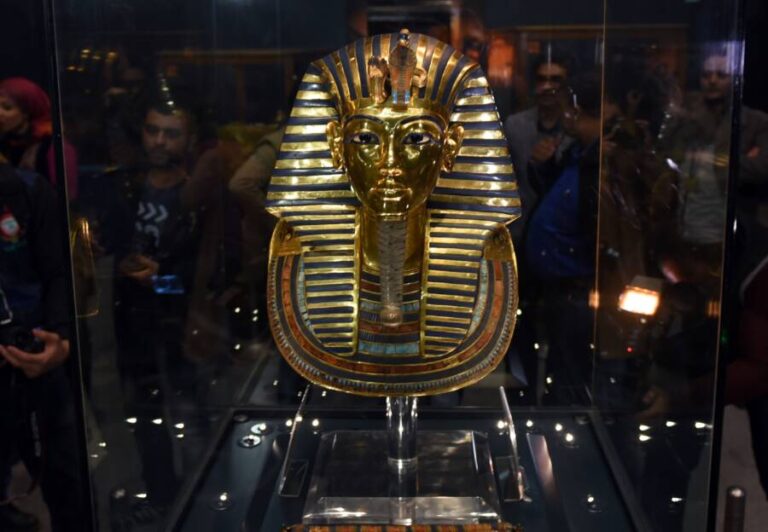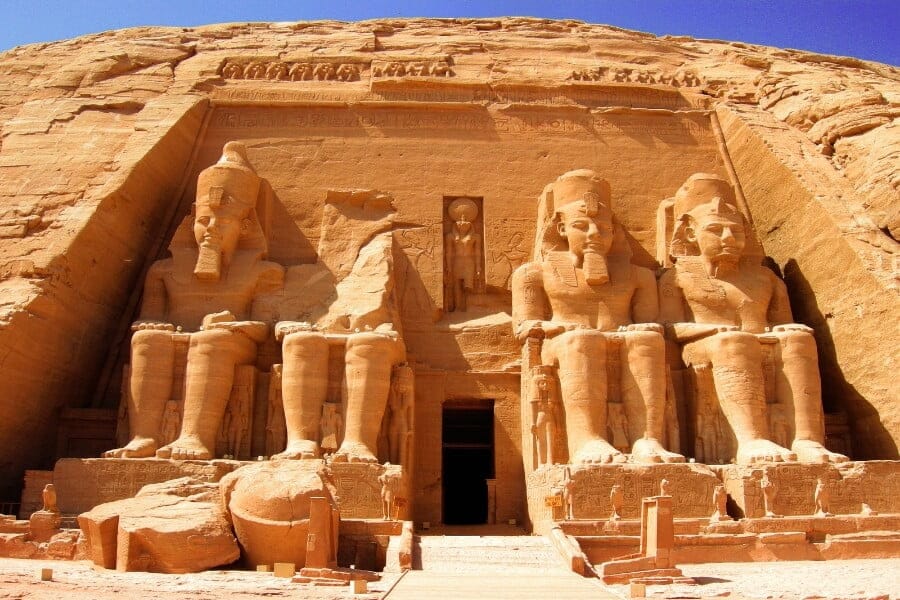VIDEO:
In 2019, the world watched in horror as the Notre Dame cathedral in Paris, France, burst into flames.
The French were worried that the ancient building would be damaged beyond repair. However, when archaeologists entered the cathedral the next day to survey the damage, they discovered something unexpected.

The fire had opened up a hole in the bottom of the building, revealing an area of exposed flooring. Upon excavation, the archaeologists found not just a few old relics from the Middle Ages, but an array of historical artifacts, including painted sculptures, a chunk of fence from the 13th century, a collection of tombs, and two mysterious sarcophagi.

One of the tombs held a human-shaped coffin made entirely of solid lead, which experts believe was buried beneath the cathedral floor in the 14th century.

The archaeologists did not want to damage the human remains by opening the sarcophagus, so they inserted a small endoscopic camera through a crack in the box. They were able to see cloth remains, hair, and even plant elements inside.

Recently, researchers opened the sarcophagus and identified the remains as belonging to a man between the ages of 25 and 40, who appeared to have been a horseback rider. He was buried with a crown of flowers and seemed to have died from tuberculosis.

Recently, Chinese researchers excavated a huge settlement and many smaller sites left behind by the hongshan culture, a group of Neolithic people who originated in Northeast China about 6,500 years ago. The hongshan are most notable today for their impressive work with jade, which they mined and turned into fantastic artifacts and beautiful works of art. The new excavations have revealed that near the end of the hongshan’s dominance in the region, they began building temples, massive altars, and huge burial mounds. Researchers are unsure what happened, but the hongshan may have experienced some kind of religious awakening. What we do know is that they worshipped a mother goddess, and the most important place ever found in China is the goddess temple built by the hongshan culture roughly 5,000 years ago. Inside, archaeologists found immense clay figurines that were over three times larger than real humans, making this a monumental building that can be compared to the Temple of Zeus in Greece, only it was built thousands of years earlier.

Recent excavations in an embalming workshop used 2,500 years ago in Egypt’s Sakara necropolis have shed light on the surprisingly sophisticated chemicals used by ancient Egyptian embalmers. The pots found in the workshop contained extracts of plants and animals that were critical in the creation of preserved human remains. What was surprising was that many of the ingredients came from thousands of miles away, indicating that this was a serious operation that required a necessary understanding of anatomy, a little bit of alchemy, and rare substances from as far as southeast Asia.

Archaeologists recently discovered the remains of a neanderthal feast in the figuera Brava cave in Brazil. Based on the charred remains of shell fragments found by the archaeologists, a group of prehistoric human ancestors sat down to enjoy a monumental feast of brown crab 90,000 years ago. The animals were likely brought whole to the cave, possibly alive, and then roasted on coals before being consumed, just like modern people do today. The study also revealed that the neanderthals consumed their crab just like we do, indicating that they too had a soft spot for shellfish.



